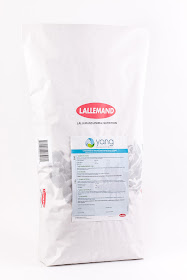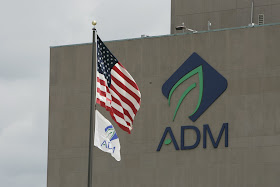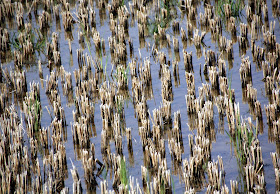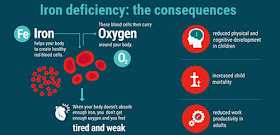by Monika Korzekwa, Dr Eckel GmbH, Niederzissen, Germany
First published in Milling and Grain, January 2016
Animal welfare in turkeys is a huge challenge. When the talk is of animal welfare deficiencies, attention focuses above all on turkeys. High antibiotic doses, cannibalism, high stock densities and inflamed foot pads are influences stated in connection with low animal welfare levels.
Even if it is not yet possible to solve all problems simultaneously today, initiatives and research studies are showing initial signs of being able to reduce some of these negative influences successfully for the future.
It is possible to influence the wellbeing of the poultry favourably, in particular by feeding, especially by adding phytogenic ingredients to the feed. Since 2013 the binding establishment of a health monitoring programme plays a central role in Germany. The objective of the programme is to enable the participating farmers to assess the health and animal welfare of their turkeys continuously.
The health monitoring programme uses indicators that can be surveyed at the slaughterhouse in the context of conducting the official meat inspection. If the health monitoring programme shows indications of deviations from the target ranges, an individual health plan is drawn up for the farm jointly by the veterinarian looking after the flock and the turkey farmer.
Healthy foot pads: a must for animal welfare
In turkey fattening, the health status of the sensitive foot pads represents a key criterion for animal welfare, for the foot pads carry the weight of the birds. Inflammation restricts their mobility and has a critical effect on overall condition and feeding behaviour.
This can lead to negative effects on growth and mortality and thus reduce the profitability of turkey farming substantially. Consequently, commercially successful poultry keeping goes hand in hand with applied animal welfare.
As foot pad diseases are a multi-factorial problem, they indicate deficiencies in both keeping conditions and farm management (diarrhoea diseases, population density, climate management, weather protection, litter material, littering frequency). Furthermore, the frequency of foot pad damage correlates with the occurrence of painful changes in the skin and subcutaneous tissue referred to as ‘breast blisters’.
The direct connection between litter moisture content and foot pad diseases is undisputed. The wetter and stickier the litter/excrement mixture, the higher the occurrence of foot pad skin alterations or injuries. Moisture and excrement attack the skin of the sole and lead to lesions, which are the entry gates for dirt and germs.
Read the full article in Milling and Grain HERE.
First published in Milling and Grain, January 2016
Animal welfare in turkeys is a huge challenge. When the talk is of animal welfare deficiencies, attention focuses above all on turkeys. High antibiotic doses, cannibalism, high stock densities and inflamed foot pads are influences stated in connection with low animal welfare levels.
Even if it is not yet possible to solve all problems simultaneously today, initiatives and research studies are showing initial signs of being able to reduce some of these negative influences successfully for the future.
It is possible to influence the wellbeing of the poultry favourably, in particular by feeding, especially by adding phytogenic ingredients to the feed. Since 2013 the binding establishment of a health monitoring programme plays a central role in Germany. The objective of the programme is to enable the participating farmers to assess the health and animal welfare of their turkeys continuously.
The health monitoring programme uses indicators that can be surveyed at the slaughterhouse in the context of conducting the official meat inspection. If the health monitoring programme shows indications of deviations from the target ranges, an individual health plan is drawn up for the farm jointly by the veterinarian looking after the flock and the turkey farmer.
Healthy foot pads: a must for animal welfare
In turkey fattening, the health status of the sensitive foot pads represents a key criterion for animal welfare, for the foot pads carry the weight of the birds. Inflammation restricts their mobility and has a critical effect on overall condition and feeding behaviour.
This can lead to negative effects on growth and mortality and thus reduce the profitability of turkey farming substantially. Consequently, commercially successful poultry keeping goes hand in hand with applied animal welfare.
As foot pad diseases are a multi-factorial problem, they indicate deficiencies in both keeping conditions and farm management (diarrhoea diseases, population density, climate management, weather protection, litter material, littering frequency). Furthermore, the frequency of foot pad damage correlates with the occurrence of painful changes in the skin and subcutaneous tissue referred to as ‘breast blisters’.
The direct connection between litter moisture content and foot pad diseases is undisputed. The wetter and stickier the litter/excrement mixture, the higher the occurrence of foot pad skin alterations or injuries. Moisture and excrement attack the skin of the sole and lead to lesions, which are the entry gates for dirt and germs.
Read the full article in Milling and Grain HERE.
The Global Miller
This blog is maintained by The Global Miller staff and is supported by the magazine GFMT
which is published by Perendale Publishers Limited.
For additional daily news from milling around the world: global-milling.com
























